|
Charles Darwin is known foremost for his work on The Origin of Species, but he wrote extensively on a variety of topics from earthworms to geological phenomena. One piece of evidence that Darwin had for his theory of evolution was that of orchids and their co-evolution with pollinating insects.
My fascination of orchids, Darwin, and books, propelled me to seek out the first edition copy of Darwin's Fertilisation of Orchids book at Washington University's Olin Library special collections. This book was the subject of a history of science video series presented by the Department of Biology's own Garland Allen - the video can be watched here. It is unique in being an original copy of Darwin's 1862 work outlining the methods of insect fertilization of orchid flowers. Accompanying the book is a handwritten note from the author (Darwin himself) to the book's recipient (British Entomologist John O. Westwood) asking for a bee specimen (see below). Within, Darwin describes an orchid species (Angraecum sesquipedale) with an exceptionally long nectar spur, hypothesizing that there must be a moth with a tongue long enough to feed from the necatary and in doing so achieve cross-pollination. Sure enough, in support of Darwin's theory a species of sphinx moth, Xanthopan morganii pradedicta, was discovered and described forty years later as the long tongued moth responsible for pollinating the orchid.
0 Comments
Lately, I've been distracting myself from political affairs with a little bit of macro photography. These pictures are taken from my current round of Camelina growing in the WUSTL greenhouse. I really love macro photography, but sometimes the blurry, out of focus background can distract the observer from the true subject. In order to highlight only the subject, I've been experimenting with flash falloff, a method that achieves nearly black backgrounds even in daylight conditions. This is done by engaging the flash with a very fast shutter speed. This results in a high proportion of light returning from the nearby focal subject, but very little from the more distant background. An advantage of this method is that the fast shutter speed will produce more crisp images, even without a tripod. Camelina rumelica Velen. (Above) Camelina microcarpa Andrz. ex DC. (Below) Trifolium repens L. (Above) Paspalum vaginatum Sw. (Below) |
AuthorJordan Brock Archives
November 2019
Categories |
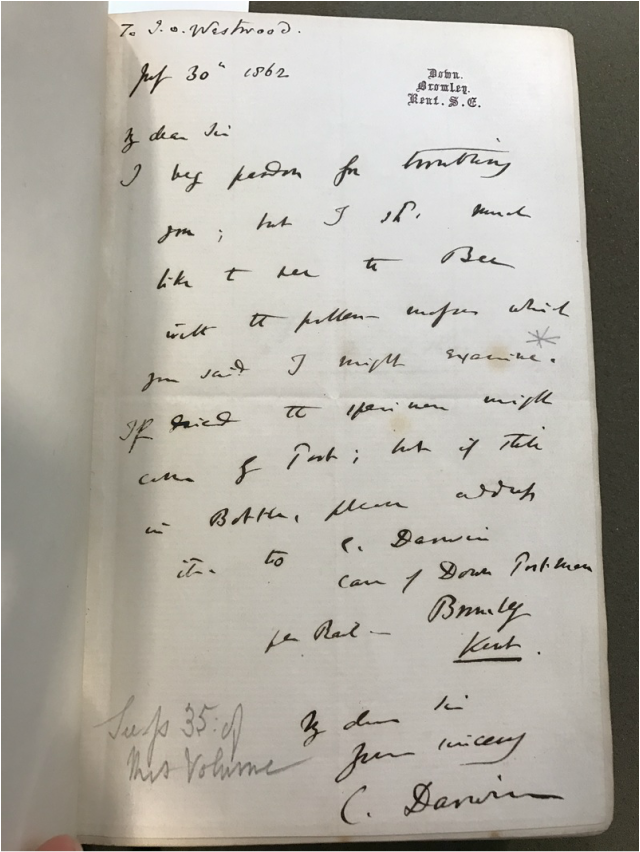
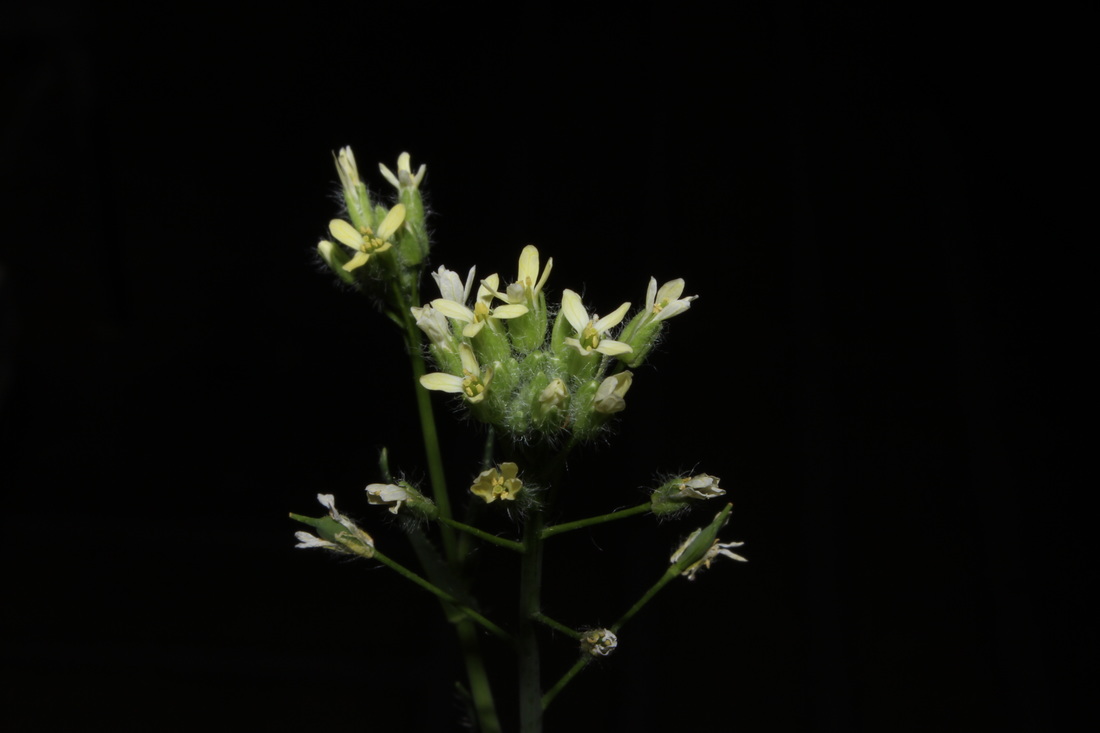
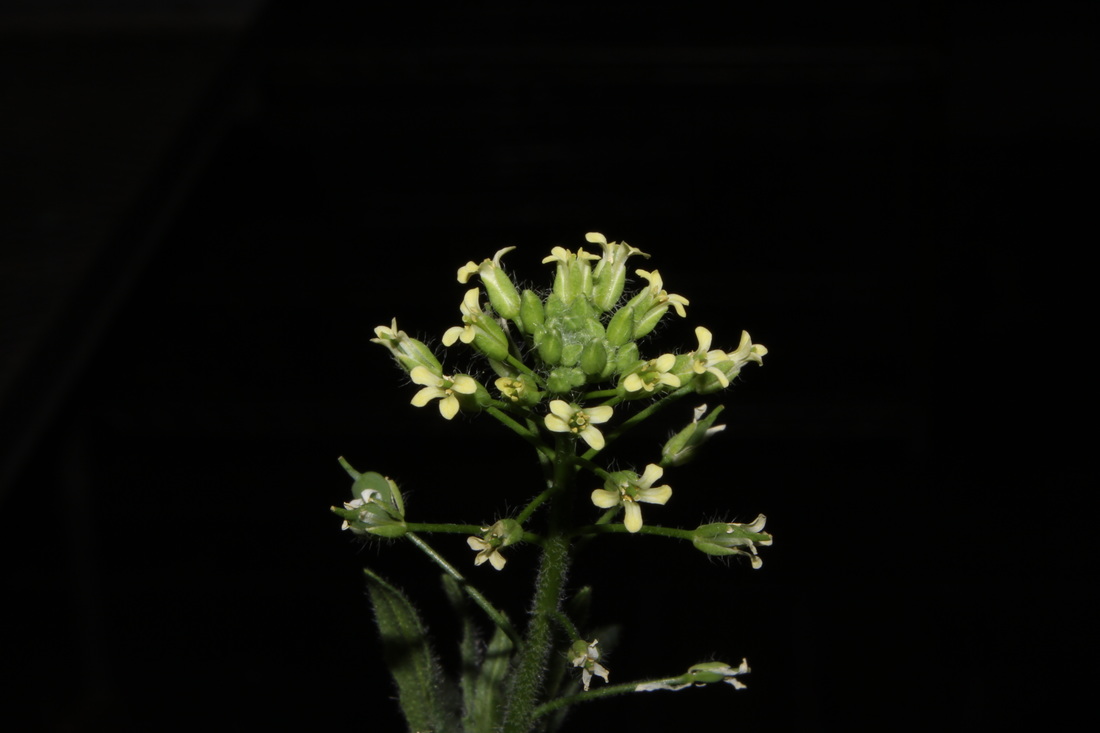
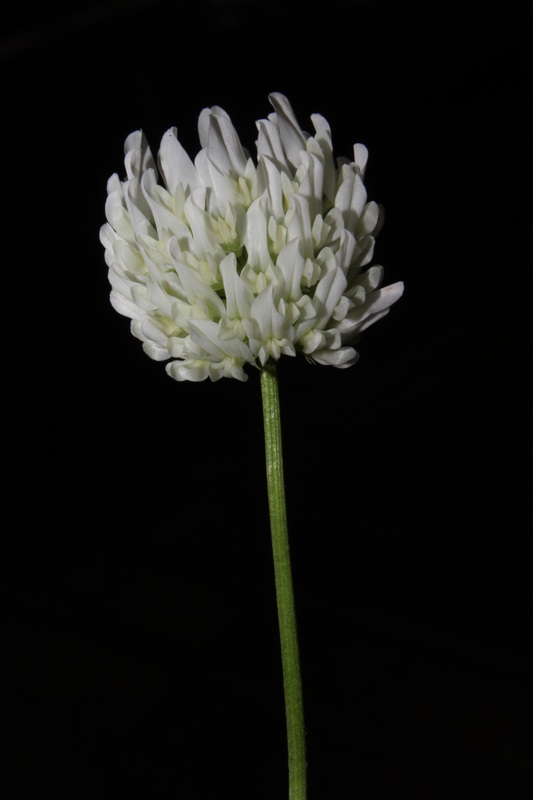
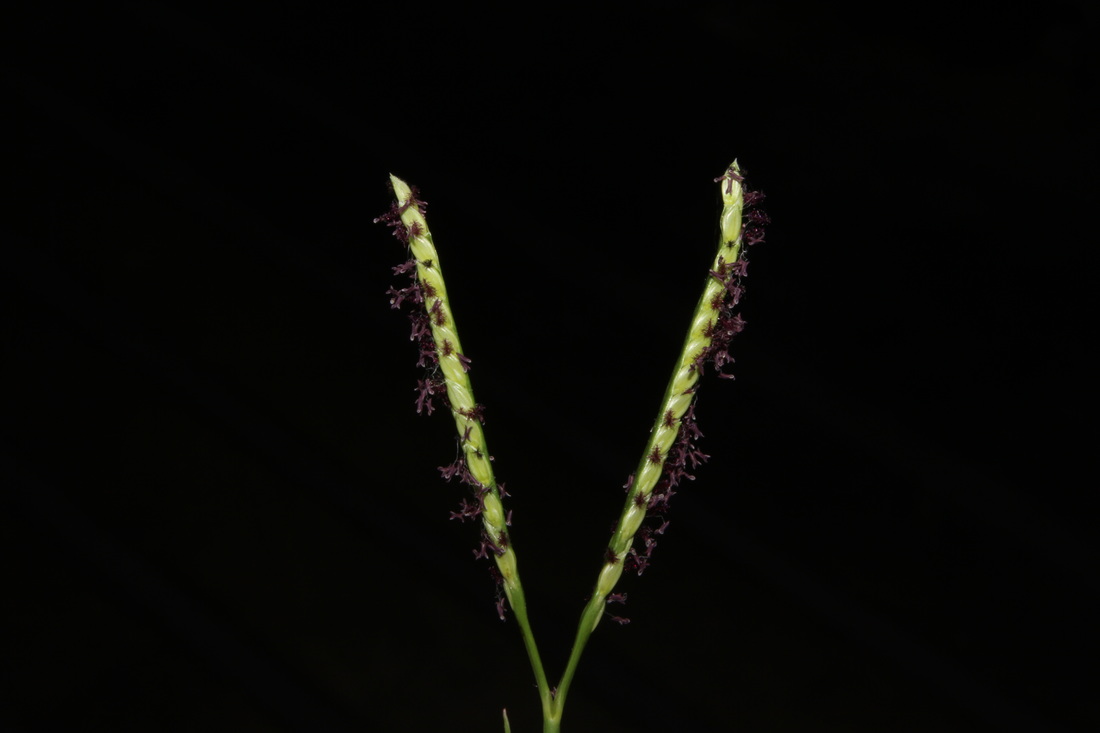
 RSS Feed
RSS Feed